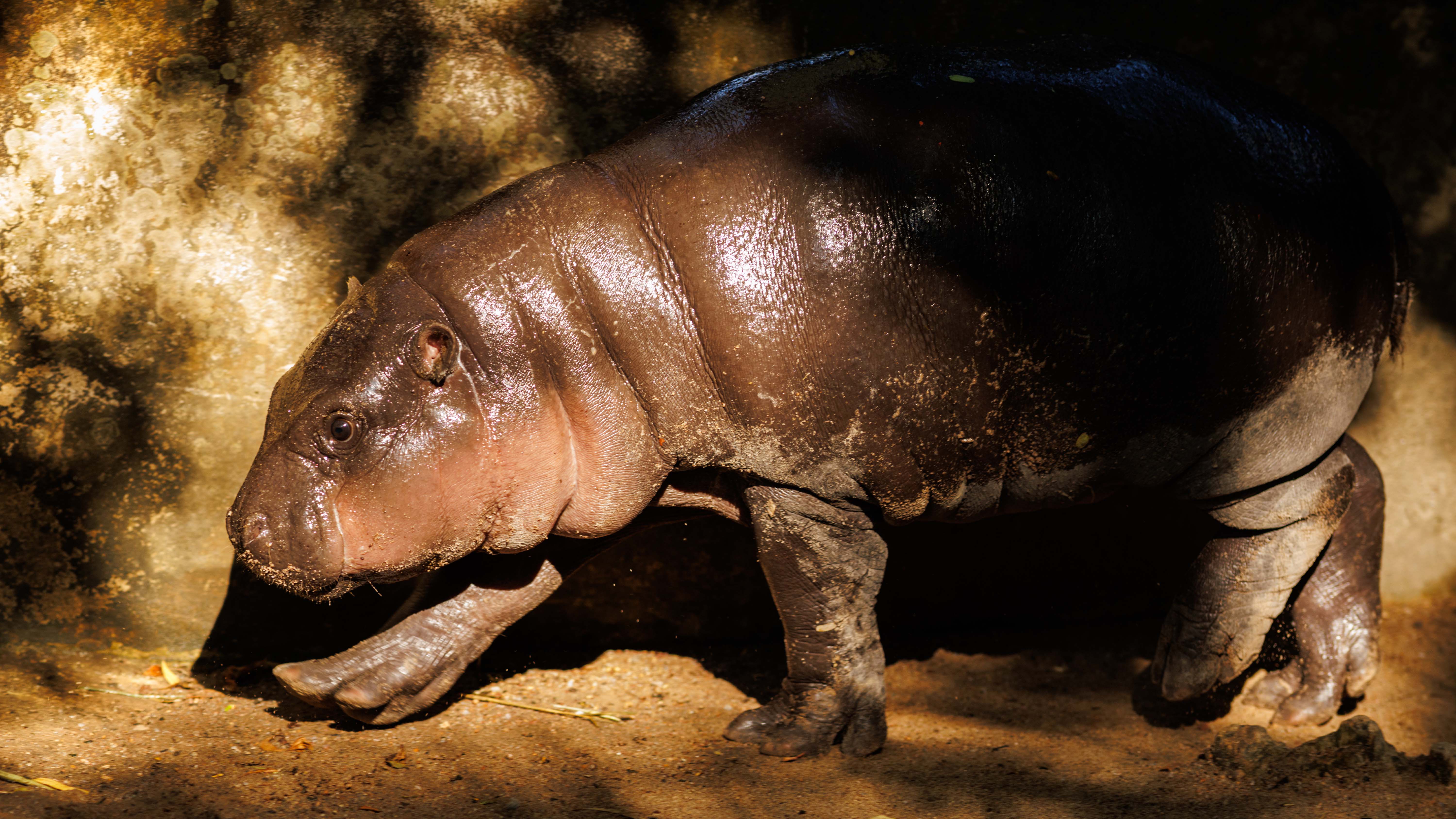The sky will shine a little brighter this week as summer winds down.
A rare super blue moon will appear on Wednesday -- an occurrence that won't happen again until 2037.
This will be the third of four consecutive supermoons, which are about 16% brighter and notably bigger than an average moon. NASA claims that the size difference between an average moon and a supermoon is comparable to the difference between a nickel and a quarter.
The term "blue" doesn't mean that the moon will appear blue -- it instead signifies that it's the second full moon of the month. Just 3% of full moons are blue moons, according to NASA, while 25% of full moons are supermoons.
Get top local stories in Southern California delivered to you every morning. Sign up for NBC LA's News Headlines newsletter.
Here are the answers to all your questions about Wednesday's super blue moon:
What is a super blue moon?
A super blue moon is a combination of a supermoon and a blue moon.
U.S. & World
News from around the country and around the globe
Supermoons occur when the moon is full and located at or near its closest point to Earth, according to NASA. These moons appear especially large and bright because they are slightly closer to Earth than normal full moons.
A blue moon is the term used to describe the second full moon in a month. The moon's cycle is 29 and a half days, so every two-to-three years there is a blue moon where there's a full moon at the very beginning and end of a single month.
When is the super blue moon?
The 2023 super blue moon will occur on the night of Aug. 30-31, beginning on Wednesday night and lasting until the early hours of Thursday morning.
Where will the super blue moon be visible?
You can see the super blue moon from wherever you are located, as long as the sky is clear of clouds.
What does a super blue moon look like?
A super blue moon isn't actually blue, but it is bright. Compared to normal full moons, super blue moon are 16% brighter and 14% bigger.
How rare is a super blue moon?
The time between super blue moons isn't always the same. NASA says it can be as much as 20 years between occurrences, but the average is 10 years. The last super blue moon appeared on Jan. 31, 2018.
If you miss the super blue moon on Wednesday, you'll have to wait a while for the next one -- January 2037, to be exact, with another following in March 2037.
When and where will Saturn be visible?
In addition to the super blue moon, Saturn will also be visible on Wednesday. The ringed planet will obviously appear much smaller than the moon, but it will be visible to the upper right of the moon in the east-southeastern sky, NASA says. Throughout the night, Saturn will appear to circle clockwise around the moon.



